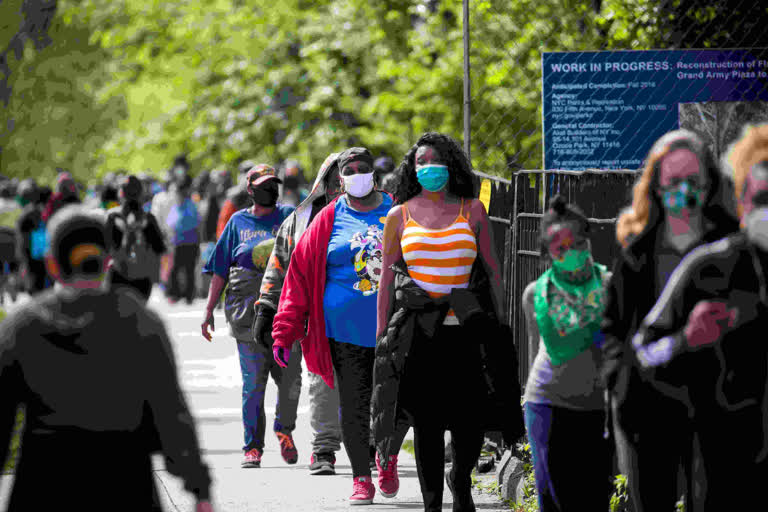Hyderabad: The world finally seems to be slowly recovering from a prolonged lockdown. In spite of fear, people are returning to their daily routines. In some countries, children are getting ready to go to school. Even as the pandemic continues to terrify the world, governments are all set to repair the floundering economies. But the normalcy post lockdown will be different from that in the past. The coronavirus has made wearing masks a norm. Shaking hands and sitting close by are frowned upon. Going forward, we must embrace social distancing.
Historians say that decline in contagion and mortality rate combined with reduced fear among the public are indicators to understand that a pandemic is under control. In the case of COVID-19, none of these indicators have been checked off yet. There is no cure nor are there hopes of a vaccine. Countries which managed to control the contagion and those who chose to bite the lockdown bullet have now realised that starvation is a bigger risk than coronavirus.
World leaders have clarified that we must learn to live with coronavirus. Containment measures are limited to red zones alone. In countries like India, disease awareness and increased medical facilities have restored the confidence of its citizens.
Offices worldwide are getting ready to open with new regulations, which will allow the employees to come in three different shifts on a rotational basis. Software companies are gearing up to increase work from home options for their employees. Schools are being opened in some countries. However, social distancing, personal hygiene and sanitizer-equipped classrooms are the standards being stressed upon. Restarting world economies is closely connected to reopening schools. Unless schools reopen, one of the working parents cannot get back to office. This was one of the main reasons that drove Germany and Denmark to reopen schools and daycare centers. It is to be noted that Sweden did not shut down its schools at all. But the nation strictly enforced social distancing.
Read:WHO says coronavirus may never go away!
Austria is reopening schools this week. In each class, students will be divided into two groups. Students in the A group will attend classes from Monday to Wednesday and those in B group will attend on Thursday and Friday. Those who wish to stay home can avail online classes.
Many countries are admitting 20 students in a classroom made for 40. A high school in Neustrelitz, Germany, is distributing self-administered testing kits to its students. Since it is summer in India, most schools are closed for vacations. Arrangements are being made to conduct tenth and intermediate exams. Several universities have already been delivering lectures through online mode.
